Whether you like it or not, Sony and Naughty Dog have re-released The Last of Us yet again. Originally released on the PS3 back in June 2013, Sony then announced The Last of Us Remastered in April 2014, with the game pushed out in July of the same year. Now here we are eight years after, and the game is being remade using the power of the PS5.
While there are no story-related changes made (as one might expect), Naughty Dog did use this remake to push a slate of accessibility features that were in The Last of Us Part II into The Last of Us Part I. This means that more people are able to play and enjoy Naughty Dog’s first chapter of the franchise, and in part, it feels like this remake was made just for them — the people who haven’t had the chance to experience the first game. While there’s no question that if you haven’t played the first game at all, that you’ll want to pick this up, what about those who have? We try our best to answer that question and more in our The Last of Us Part I review.
Warning: this review contains heavy spoilers for The Last of Us Part 1.
Naughty Dog Wizardry
You know, it’s been almost a full decade since the original The Last of Us released on PS3. The memory I have of it still feels fresh, and in my mind, the game still looks like one of the best games ever created. And to be fair, going back to it, it does hold up very strong in the graphical department.
So when Naughty Dog and Sony announced that it was getting a full remake, I was, like many others who wondered: why?
Maybe it’s because the memory of the original feels like it happened yesterday, or maybe it’s because it doesn’t look “dated” (visually) compared to a lot of other remake titles out there. I’m still unsure if a remake was actually warranted even after playing, but I do understand it a bit more. Looking at it from a technical standpoint, TLOU remake is a remarkable leap, and an exciting tease at what’s to come from Naughty Dog heading later into this console generation.
First let’s start with the world.
20 years after the outbreak, the world is in disarray. There is no law, no body of government that rules. It’s a world centered on survival of the fittest; a world that has turned the kind into cruel, selfish beings capable of anything. A grim reality with no sign of hope to be found.
That was the universe presented in the original TLOU; one that Naughty Dog beautifully crafted. It was believable. Remnants of the past remained, but one look at it, and you knew that world was long gone.
You can see here that the studio made excellent use in their application of foliage throughout this scene. Man-made structures have been reclaimed by the local life. Buildings are weathered out, with cracks along the street. An unkept scene that perfectly portrays a world where humans are absent.
Now let’s take a look at how the remake reimagines this scene.
The differences are clear, as the remake flourishes with higher quality details, and more of it too, such as additional foliage, better draw distance, lighting, and more.
Of course players expect this out of a remake. Better visuals that feel like it’s making use of that next-gen power — and the remake certainly does that.
It helps that Naughty Dog has had more experience since the original game, working on titles such as Uncharted 4, and The Last of Us Part II. Both these games pushed visual fidelity beyond the scope of what anyone could have imagined, and the remake once again feels like a generational step forward for the studio. Things implemented in those games shine even better in this remake.
The effects and physics in the world have been greatly enhanced, more up to par (if not better) with The Last of Us Part II. In the original, you can see the character and their clothing get wet when it rains, or when they jump in water. It looked good then, but this wetness gave them a bit of a plastic look. The sequel improved upon it with a new system, and that is in place with the remake. You can now see droplets of water shimmering down the characters’ hair and face. Clothing shines during heavy rainstorms, or being submerged in water, only to slowly start to give a dampened look, and eventually dry off.
Ambient lighting looks phenomenal in its application throughout the entire game. It comes off as natural and realistic, as sources bounce off one another, transforming the lighting of a scene.
Elsewhere, the bump in visuals are doing a lot more than just layering a prettier coat of paint. With the team revisiting these in-game locations, it has presented them with some opportunity to “fix” and improve scenes for narrative purposes.
One big complaint I had with the original is that for every single playthrough I did, I always wondered: why did Tommy choose to turn into the middle of town where all the chaos was, if the group was trying to get out of town out of it in the first place?
Here’s the scene in question:
A nearly empty road that is away from all the screaming and mass panic. A road that if he took, could have saved lives that day. Now here’s the scene in the remake:
There are cars blocking the road now. I know, that’s a pretty small thing, right? It is, but when you take into consideration that the team has gone through every scene to add something to improve the narrative, it all adds up. In fact, some of these changes can at times be a complete tonal shift. That is especially true when you start looking at the major overhaul given to the character models and their animations.
Looking back at the original game, it’s easy to see that the characters looked far younger than they actually were. Joel was in his late 40’s, and it was assumed that Tess, his companion at the start of the game, was also around the same age. Yet one look, and you would probably guess that they both were in their early to mid 30’s. The Last of Us Part I fixes that, aging them up accordingly and making them look more like real people than fictional video game characters. Just have a look for yourself.
Talk about impressive! It’s more than just de-aging and a bump in polygon count too — look at her face, specifically the third image set. You can see there is a genuine expression of concern, rather than the somewhat pissed off one from before. It matches exactly what the scene calls for, and behind the scenes, exactly as the actor portrayed it during the motion capture sessions.
That in turn, expands the narrative scope of the game. Emotions have a bigger impact because of how vastly different they’re able to tell the story now. Sure, it’s the same writing and voiceovers, but the expressions from the characters give the story a whole new layer that was not possible before. Because of this, some of the scenes’ animations have been altered to showcase the characters more. Here are two examples of that.
Both of these are in sync with each other, so that first shot of Joel’s daughter isn’t a few seconds later or earlier, they just changed that scene to show her more. The second image is of Joel and Ellie after an argument. Tommy busts into the room, warning the two that they’re not the only ones there. However, without the context, you probably wouldn’t have known that these two just got into an argument when looking at the original. In the remake, Joel doesn’t break his stare with Ellie, and looking at his hands, they’re clutched in a fist rather than open. This scene says a lot compared to the original…a tense scene that doesn’t break away from it, even at the sight of danger.
It’s interesting how small changes like this can change so much, and when thinking about TLOU as a standard remake, this certainly is a lot more than what most anticipated. However, despite the massive bump in visuals and technical improvements, there’s one area of this remake that steers away from improving.
Gameplay Brings Accessibility, but Little Else for Returning Players
Looking at The Last of Us Part II, there’s no denying that Naughty Dog created one of the most accessible games on the market today. It boasts over 60 options, allowing a wider audience of gamers to have their needs met so that they could enjoy this masterpiece of a game. In fact, these options were so incredible, that it earned the studio an innovation in accessibility award at the 2020 Game Awards.
So it should come to no surprise that with the remake, Naughty Dog is adding in all those options.
I may not have any vision or hearing impairment (yet), but even I can’t deny how amazing all these options are to have in a game such as The Last of Us. I firmly believe that they should be a standard across all games, because they’re that much of a game changer for anyone who needs them. The praise is undoubtedly of the utmost. I’m even impressed that the team has managed to make use of the DualSense’s haptic feedback feature, having an option that allows the deaf to feel the dialogue itself. That is absolutely insane, and never in my wildest dreams did I ever imagine the controller ever being used like that. Hat’s off to the studio here, this, and all the other available options are a fine example of how to do accessibility right.
With that said, I suppose the big question that is on everyone’s mind is, did Naughty Dog really improve the gameplay? Sadly, as far as I can tell, that is a resounding no.
If you played the original release and were hoping to see that this remake would add some of the new gameplay mechanics from its sequel, I’m sorry to disappoint. Even though the title is being marketed as being “built from the ground up,” the gameplay itself feels like it’s straight out of the PS3 version. Yeah, I’m not joking, and it feels like a massive missed opportunity for the studio to improve on what many had already felt to be dated at the time.
Personally, I didn’t have much of an issue with it back then, but in 2022? It’s definitely aged.
The gore (enemies now crawl if their limbs are blown off) and animations have been improved, I’ll give them that, as well as having DualSense features to elevate the immersion, but the core gameplay remains untouched.
It’s disappointing to say the least, especially since many can agree that the sequel perfected it by adding mechanics such as directional diving, dodging, being able to go prone, and other major features.
Understandably, I can see where those features might break the game, as the sequel was built with those in mind. But being that this is a ground-up remake, I don’t think anyone would have been upset if they expanded levels to accommodate these mechanics.
At the very least, I think TLOU Part I could have benefited from the dodge mechanic. It isn’t really a level design restricted feature, as it was used to avoid enemies rushing, and engaging you in close combat. It’s actually frustrating there’s no dodge. Enemies rush you, and all you can do is awkwardly run away and try to get some space between them. Part II at least made it feel like there was a fighting chance. It was your fault that you died, and in this remake you can’t help but blame the game. And yes, I do know about the “180 quick turn” feature, but who remembers ever using that in the original? It wasn’t very good back then, and it’s not very good here.
For the new players out there, it’s passable. Seeing that this would be your first time going through, it probably won’t bother you as much as it did for me (and anyone else that played the original).
The cover system and the overall gunplay felt nice, but it’s nothing to be impressed about. And to be clear, it’s not that I dislike the gameplay, because I do like it, it’s just that I wish it got the same attention as the visuals did. Again, a missed opportunity to bring some game-changing features to the core gameplay.
Let Me Tell You a Story, Once Upon a Time…
Despite not being overly positive about the lack of improvements to the gameplay, I will say that if there is one aspect that aged like fine wine, then without a doubt, it’s the story. It’s the very reason why I played the game a hundred times over; the very reason why I continue to think about it to this day, and why I was extremely happy to see that it got a sequel (and hopefully that does too). To me, it’s perfection.
For those who never played the original, The Last of Us Part I takes place 20 years after a mass outbreak of a parasitic fungal disease that infected people. While they aren’t called zombies, the fungal infection targets the brains of the infected, taking full control and transforming the hosts into mindless, living monsters. However, as much of a danger as these creatures that are called Clickers may be, it’s the humans that prove to be the biggest threat this world has to offer.
This is where Joel comes in, a survivor of the original outbreak. Like many others, he lost something important the day the outbreak broke, breaking the kind, friendly family man that he was, and turning him into a cold blooded killer who would do anything to survive.
Elsewhere, a rebellion group known as the Fireflies has made a world changing discovery, as a little girl, who goes by the name of Ellie, was attacked and bitten by the infected, only to find out that she is completely immune to the disease. With their lab on the other end of the country, and their numbers dwindling, the team of fireflies soon finds that they have no choice but to enlist the help of a local smuggler.
With the promise of being rewarded in his stolen weapon cache, Joel and his companion take on the job. The future of humanity rests on Joel’s shoulder, but little does he know, it’s actually his own humanity that rests on Ellie’s.
From the perspective of a new player, you’re probably thinking that this is pretty much the story of any post-apocalyptic game or movie that was released over the last few decades. You aren’t entirely wrong about that. The plot of The Last of Us is by no means an original one, but it never had to be, because what Naughty Dog achieved with it is nothing short of a masterpiece.
When I first started my journey, I didn’t know what to expect. I knew that Joel was a grizzled old man who had little left to live for. He lost the only thing he ever loved, going at it each day, hoping that it would be the day that finally ended it. But he kept on, endlessly killing his way through, and sinking lower and lower — Irredeemable to most.
Then comes a girl. She’s naïve, and annoying, and compared to Joel, the complete opposite. I didn’t see how Naughty Dog had hoped for this story to work, but as I kept on this journey, something slowly began to happen. These characters were growing, learning from each other, coming to the terms of their own faults, and accepting the things they’ve lost. These were broken characters that healed with every minute spent together.
The writing, the music, the voice acting, and the motion capture. It all came together just so you could see and feel those very moments. And trust me, you’ll feel every one of them. When the characters were happy, I was happy. When they were angry, I was angry. When they were scared, I felt scared, and when they cried, yeah, I definitely cried, too.
I didn’t for once think I would have grown attached to either Joel or Ellie the way Naughty Dog made me. It hits so damn hard when it wants to, and any fan could tell you that as soon as you hear the strung of the theme’s guitar notes being hit, there is an overwhelming weight of emotions pouring in.
Verdict
You know, I’m really torn on this, as The Last of Us to me is easily one of my all-time favorite games. The story was such an emotional rollercoaster, and I did enjoy the gameplay for what it was back then. It was a game that I highly recommended. Everyone, at one point should play The Last of Us, so how can I not recommend the remake? It’s undoubtedly the best way to experience the first game. Emotions hit harder, and the visuals are absolutely jaw-dropping. Even if the gameplay remains the same, it’ll probably be a title that you’d end up replaying a hundred times over. It’s what I did when I first played it in 2013, and from time to time, I still find myself going back to it because it’s such an incredible game.
On the other hand, if you did play the original, I just can’t see a reason for you to want to jump back in unless you want to see the better graphics and character animations. It’s definitely worth a replay at some point, but at $70, that’s a tough sell, especially since it lacks the multiplayer component of the original. I would be lying if I said I wasn’t bothered by that, but the studio did let everyone know that at the very beginning. Still, if I weren’t reviewing this and having owned both the original and remastered versions, I would have probably just waited until it went on sale.
So, if you ask me if I think it’s worth it, here’s what I’ll say: If you’re a new player, most definitely. If not, just wait. No one’s rushing you to go out and buy this one, and I think it’s clear that the target audience is geared towards bringing in new players, rather than catering to the old. It’s perfect for new fans, imperfect for old ones.
Score: 8.5/10
Pros:
- The visuals are absolutely breathtaking. Easily one of the most beautiful games you’ll ever lay your eyes on.
- New technology brings character’s animations closer to their original motion captures. Emotions hit harder in this one, so prepare for some tears.
- Innovating accessibility options.
- The story may not be an original one, but god damn does it all come together so well.
- Perfect for new fans.
Cons:
- Core gameplay remains untouched, and if there were improvements they are very minor. A missed opportunity on updating something many considered to be the original’s biggest fault.
- $70 is a hard sell for anyone who has played it before. It doesn’t help that you are getting less in terms of content due to the lack of multiplayer.
The Last of Us review code was provided by the publisher. Version tested using the PS5 version. You can read MP1st’s review and scoring policy right here.
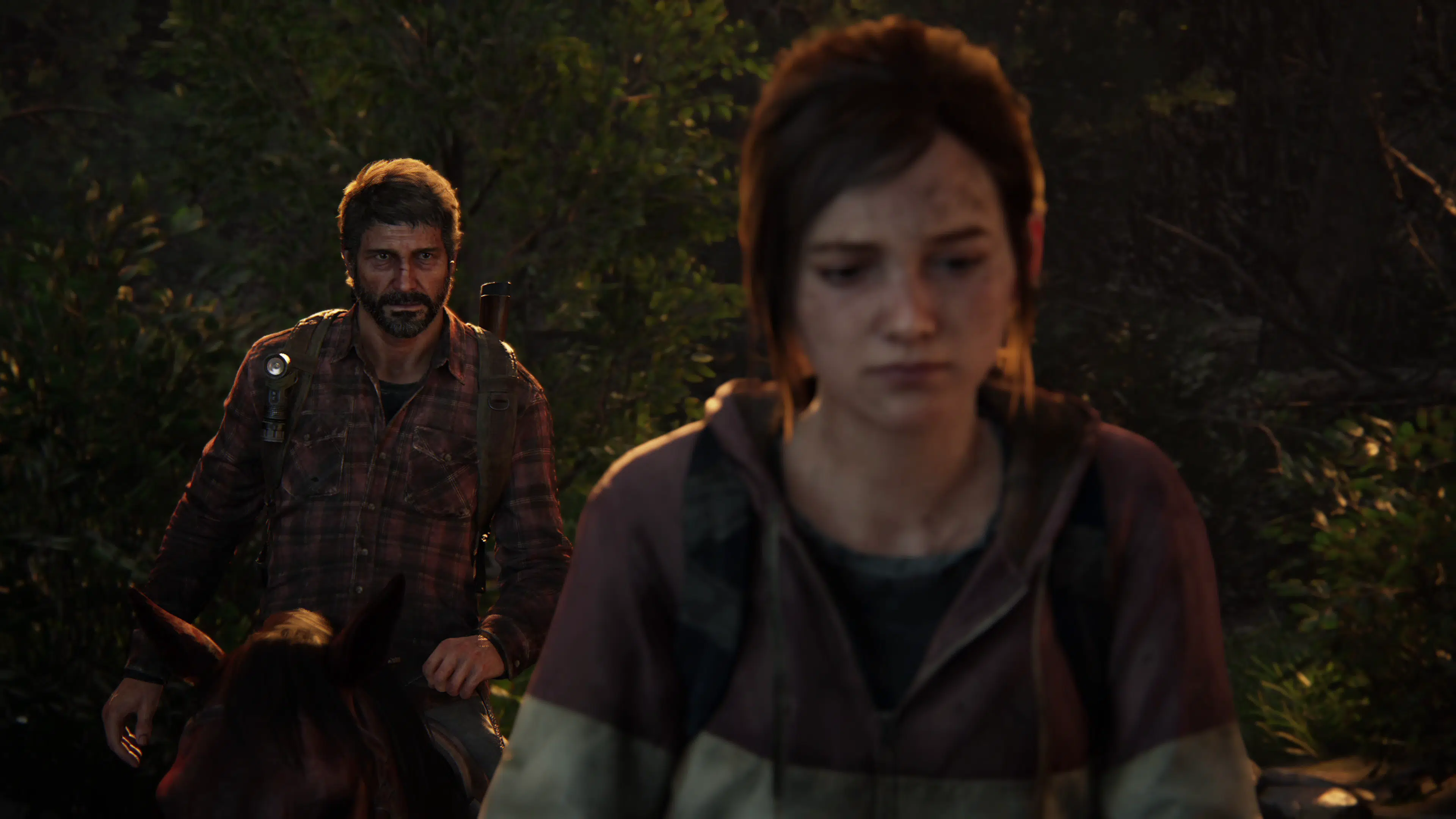
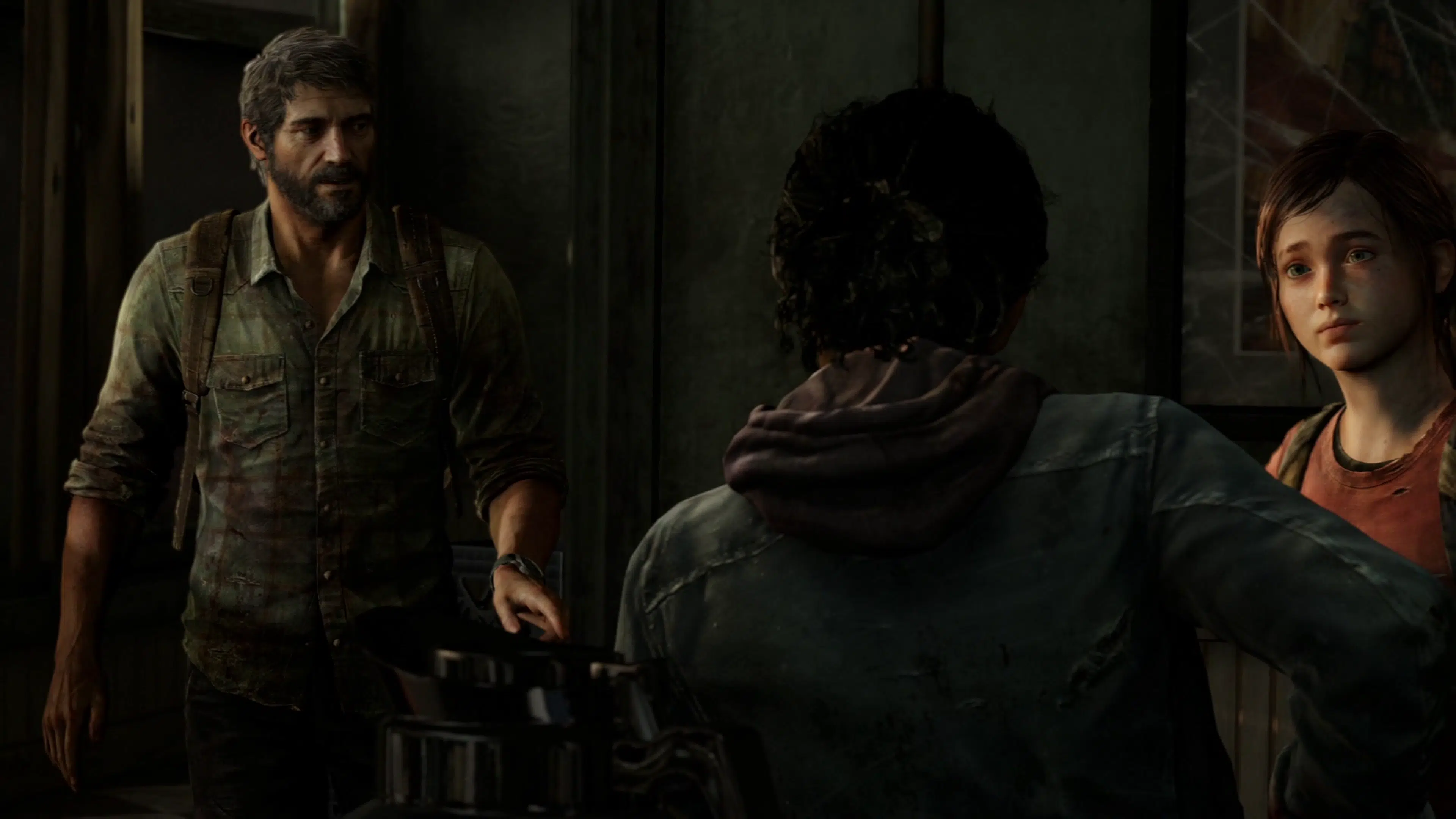
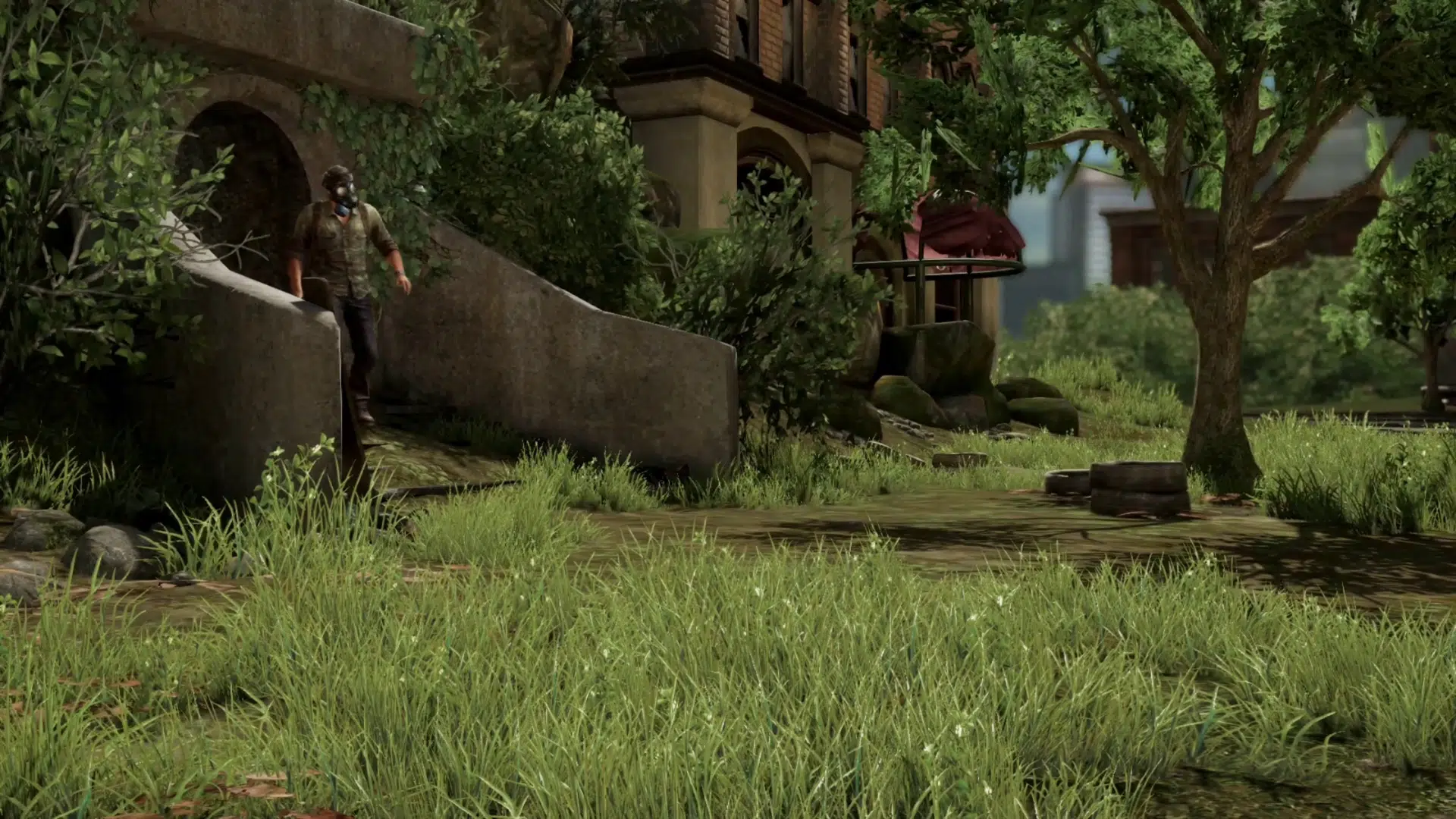
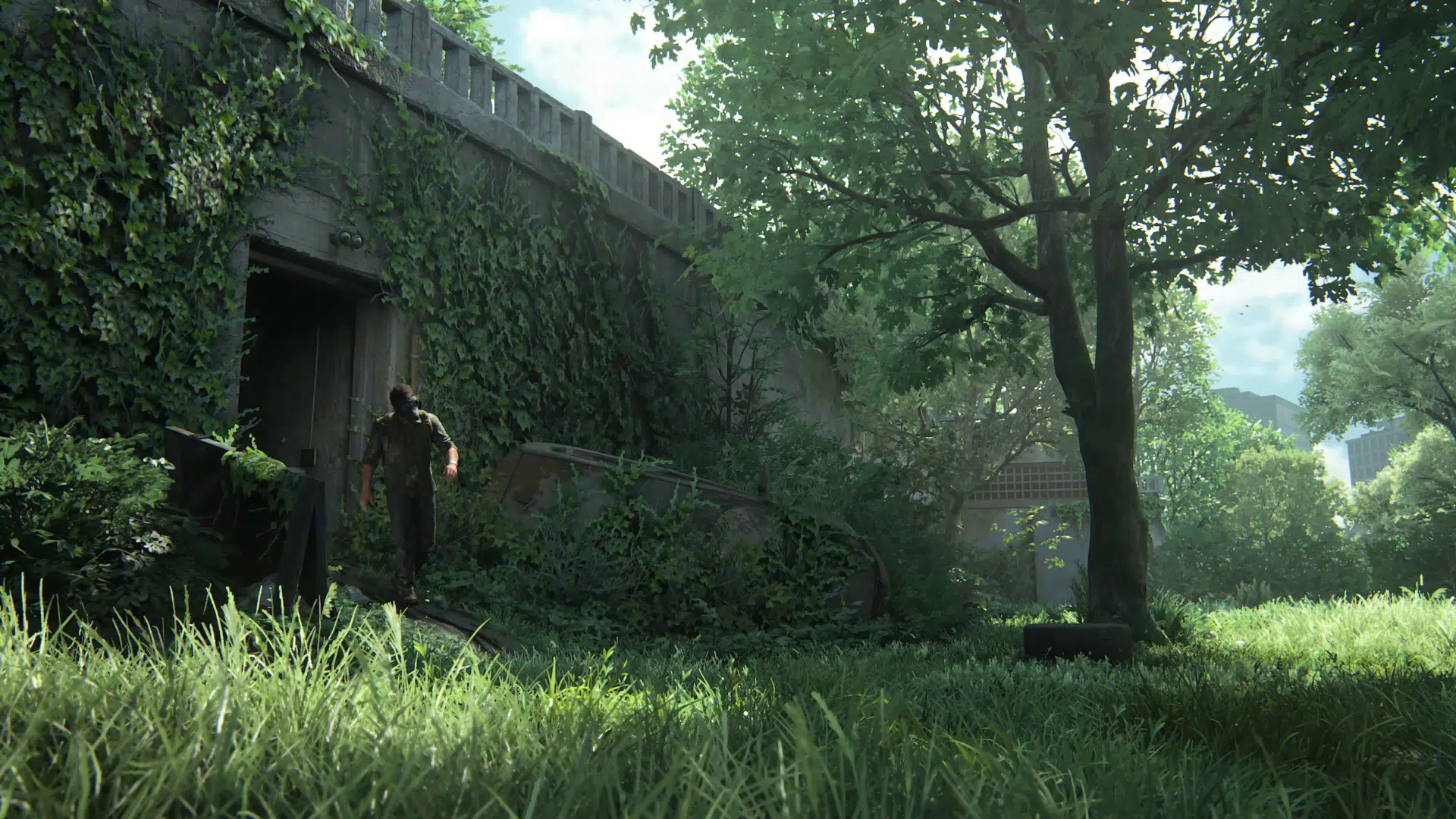
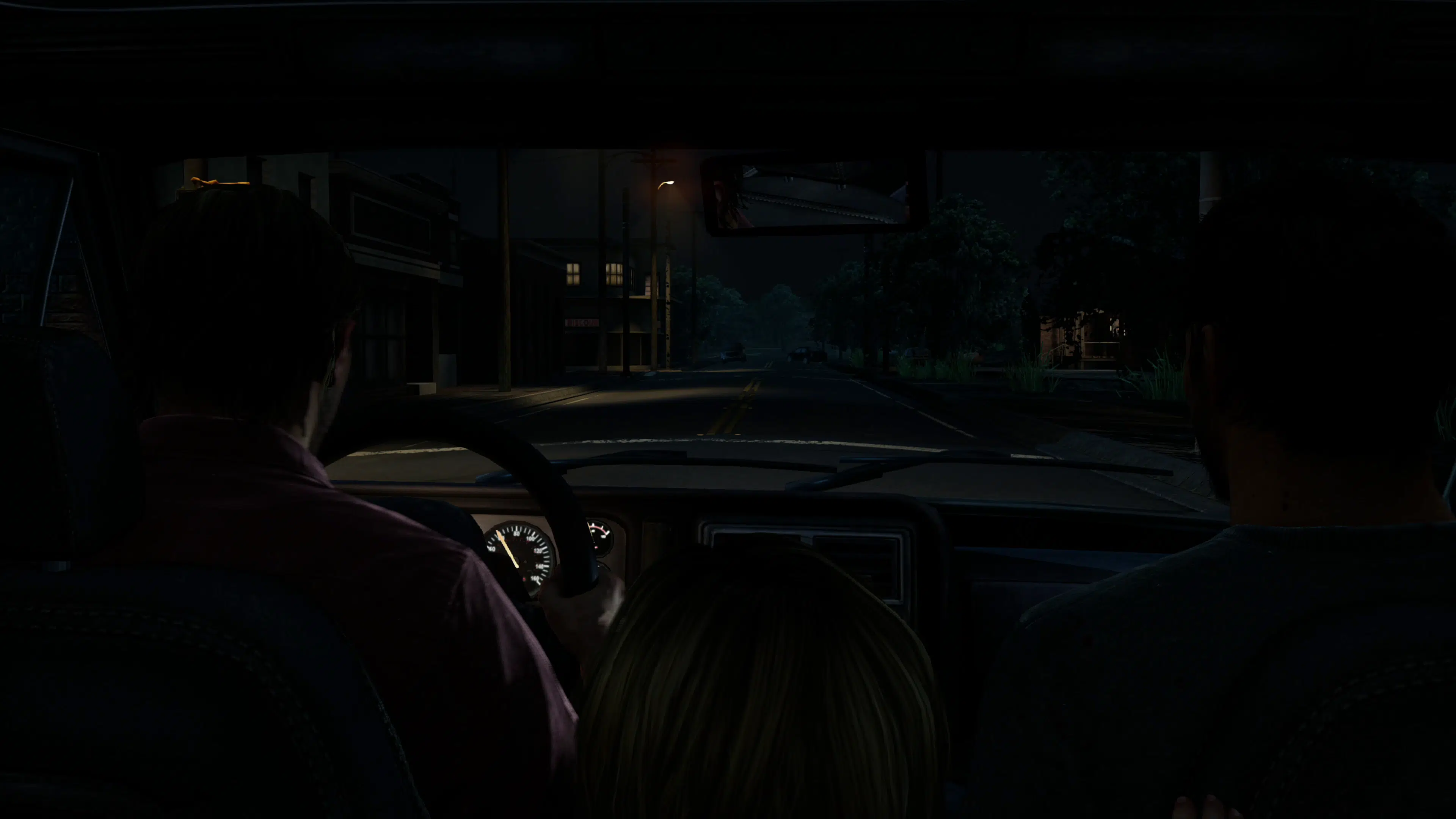
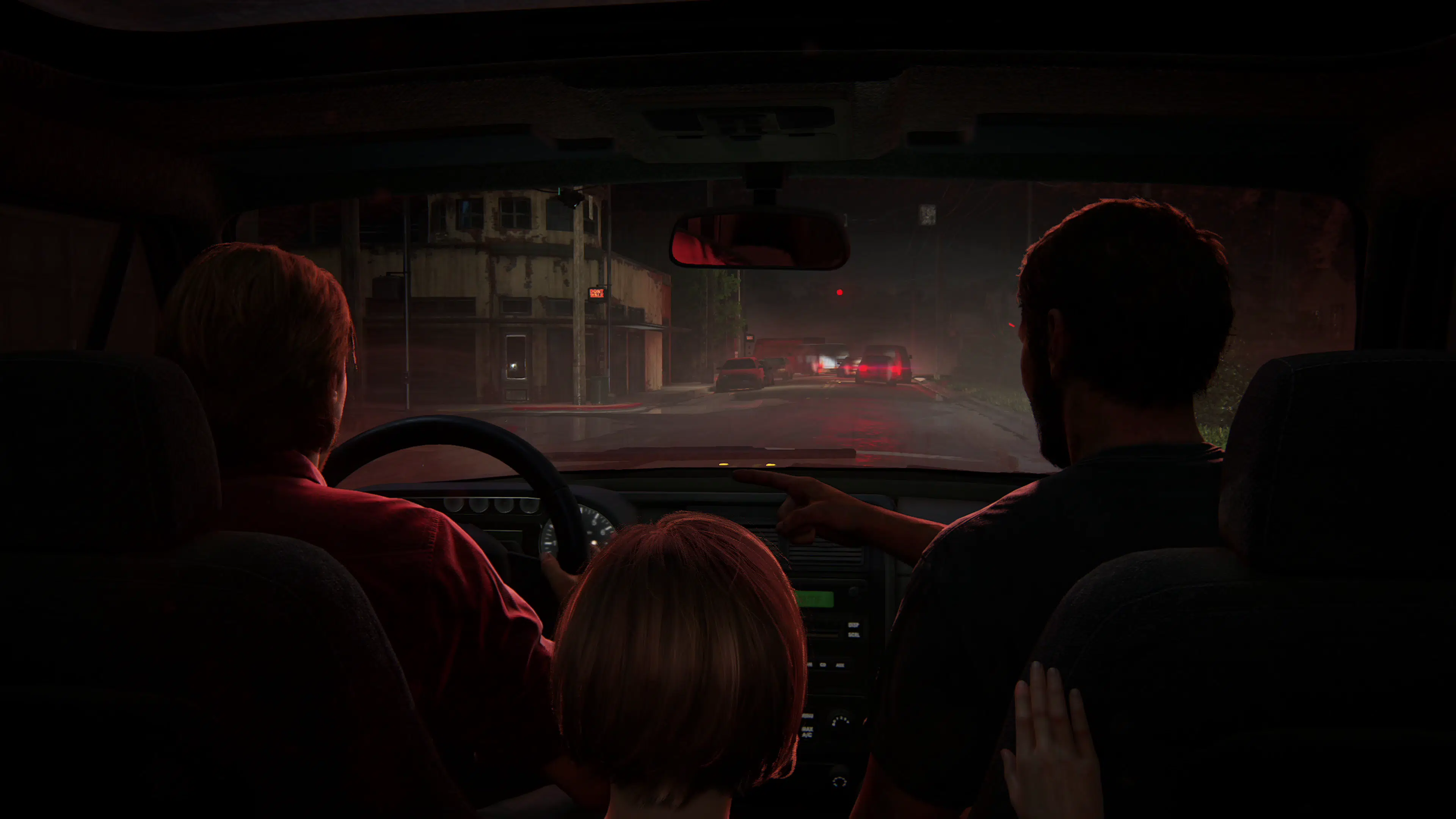
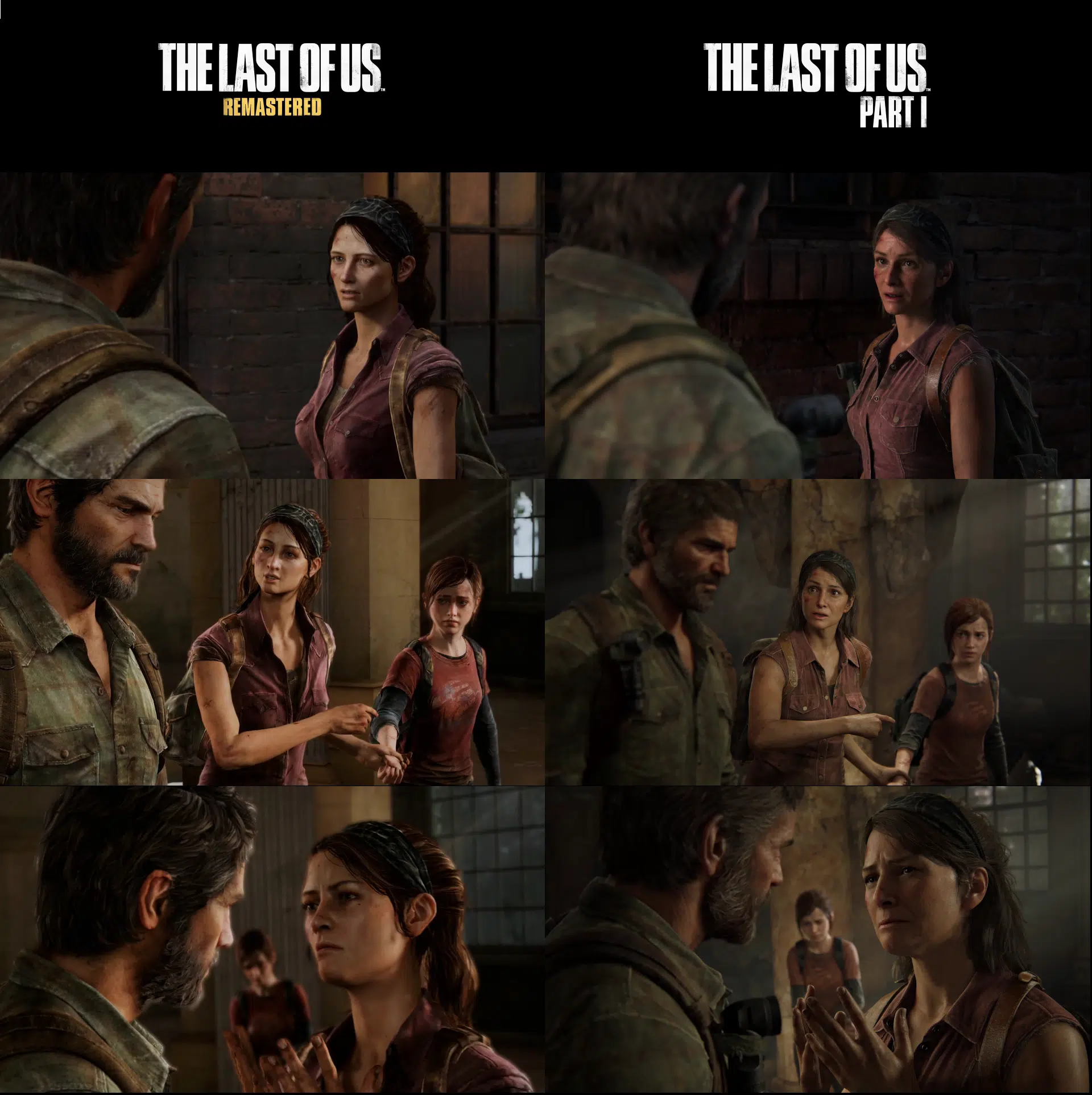
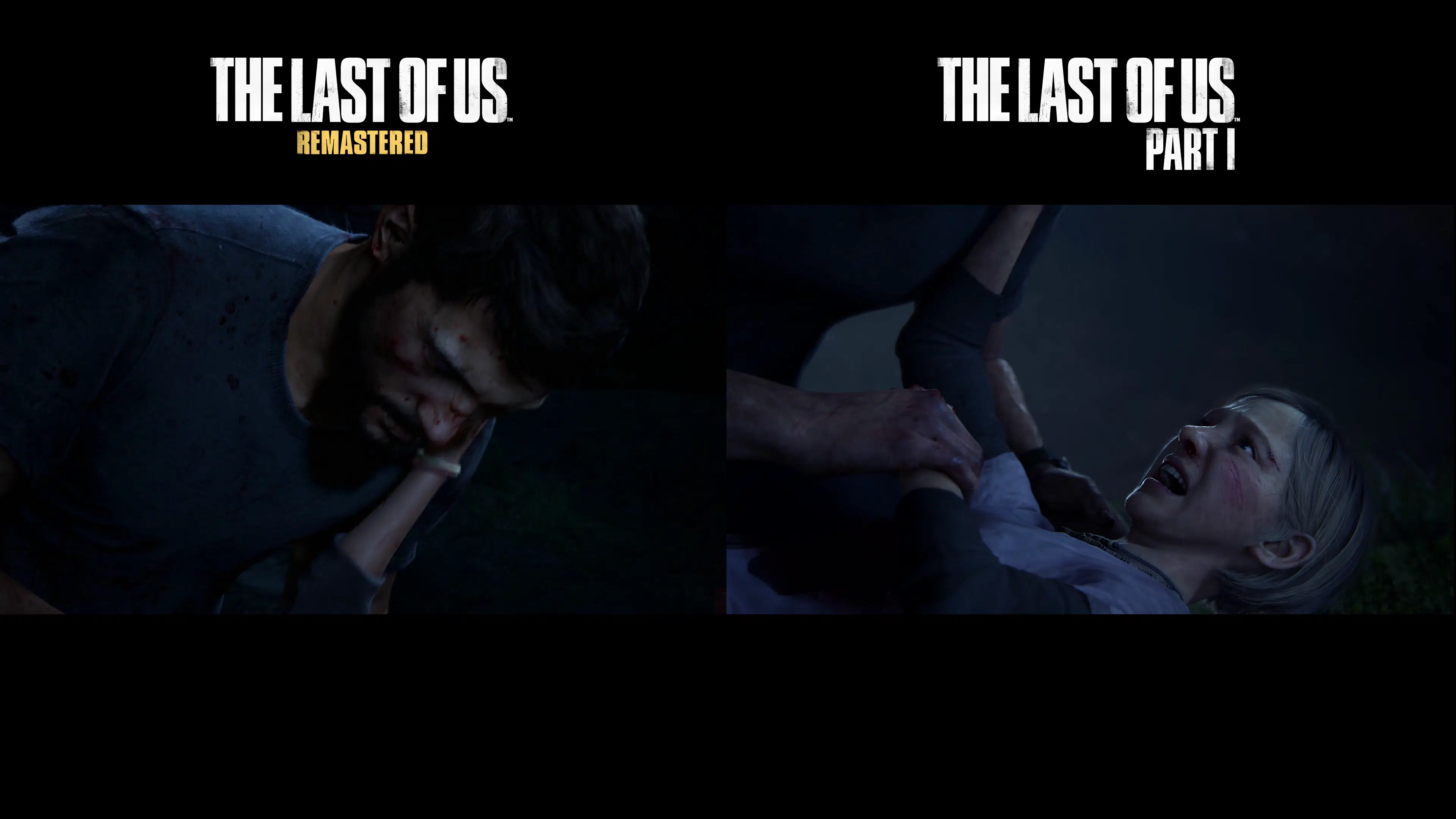
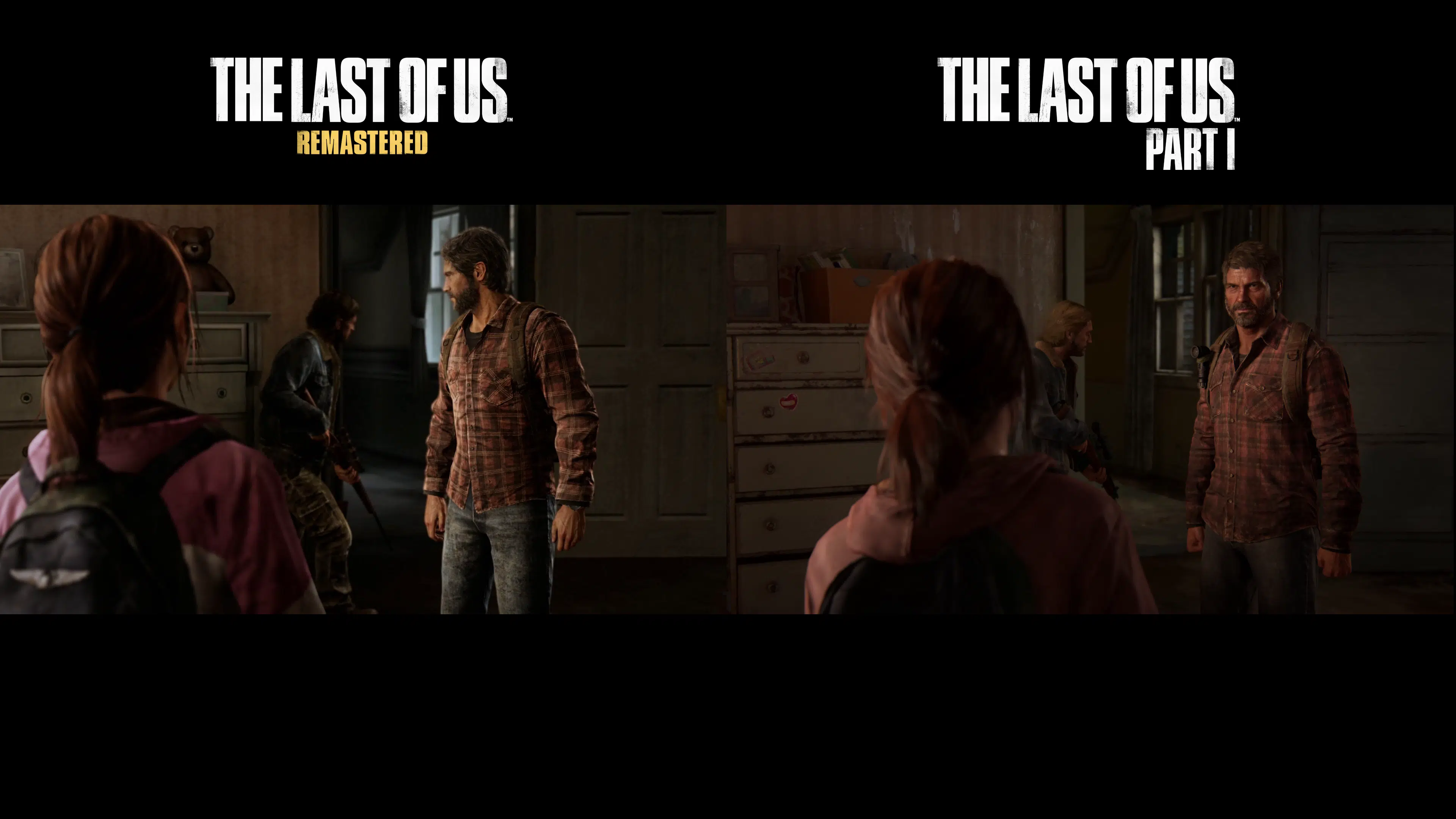
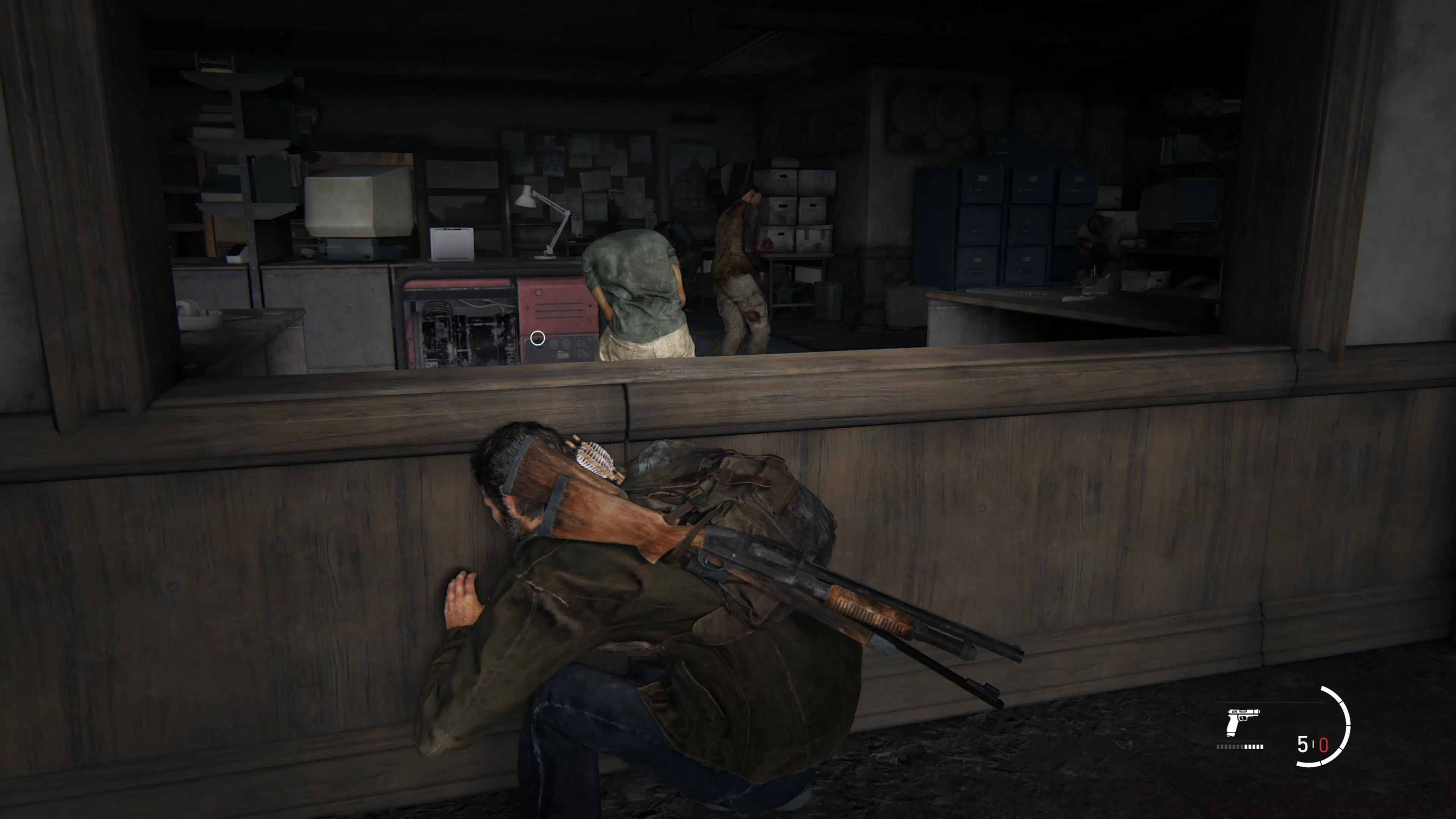
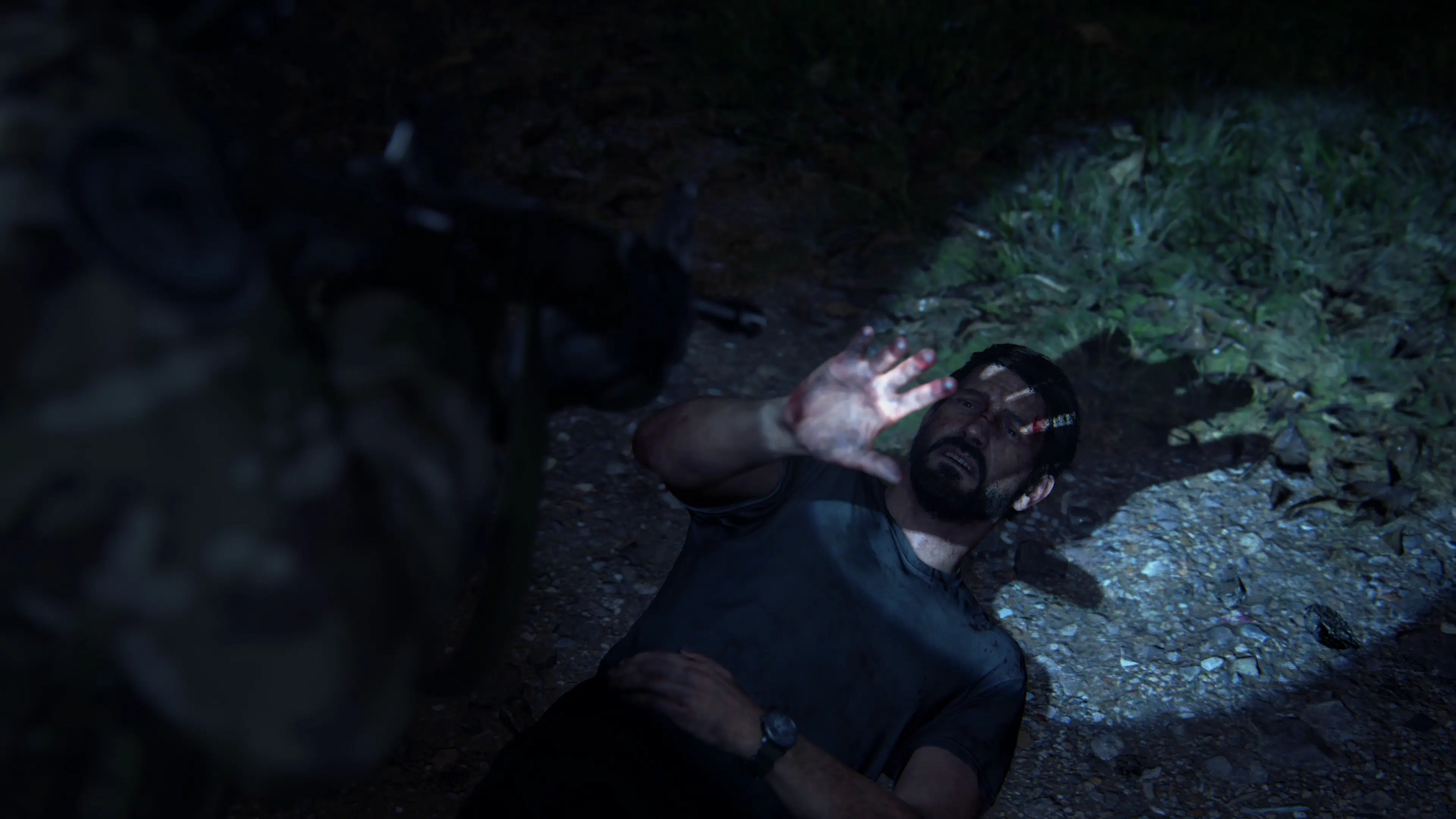
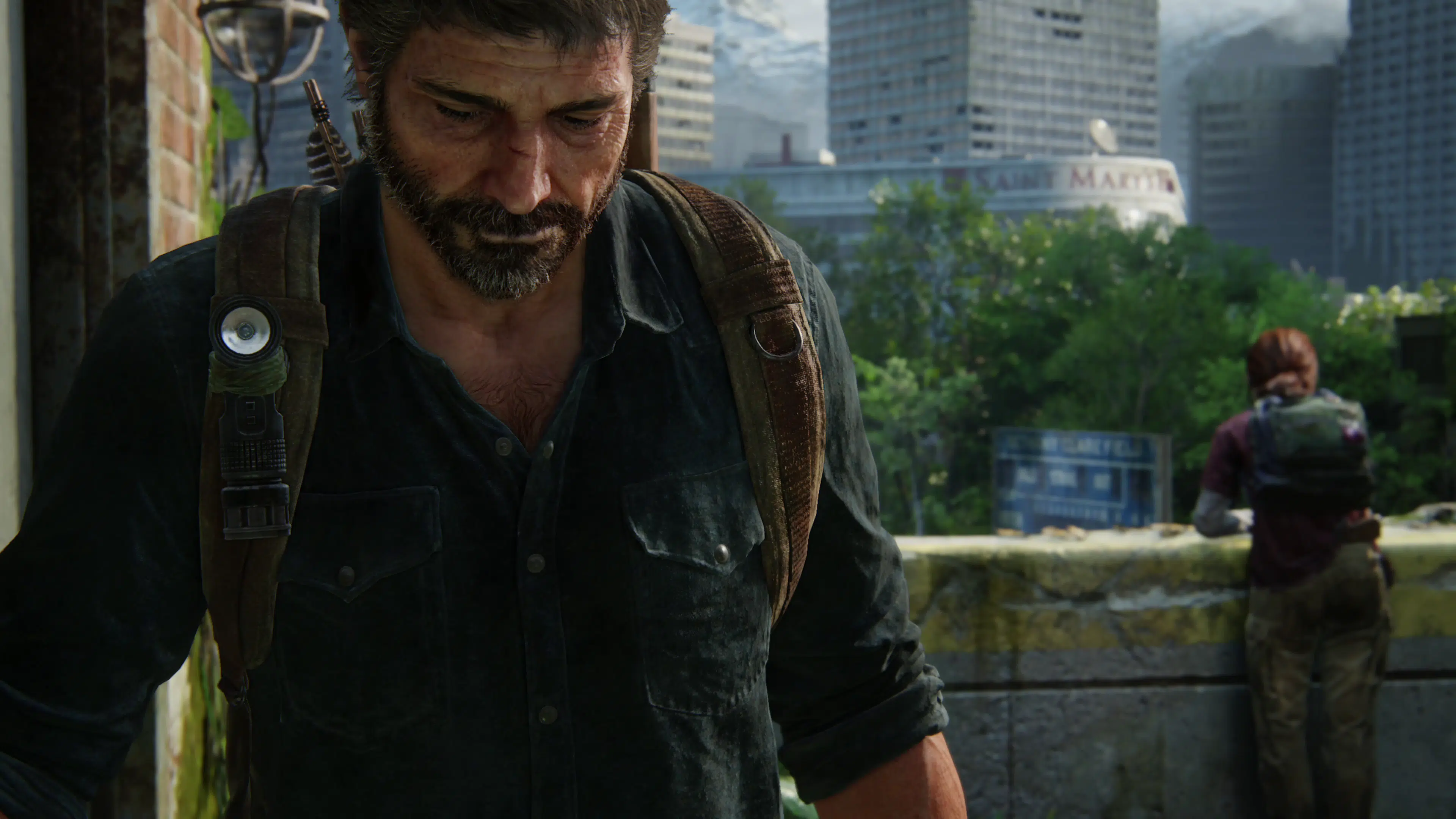
Gameplay is untouched, so you mean The Last Of Us Part 2 feels better? Apart from dodging and going prone, does Part 1 feel less smooth moving around your character? Is that what you meant?